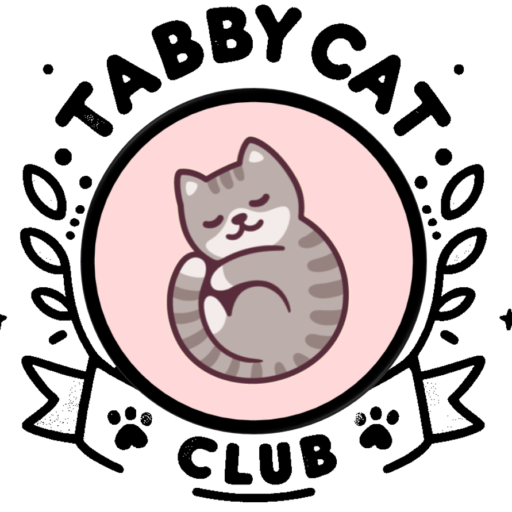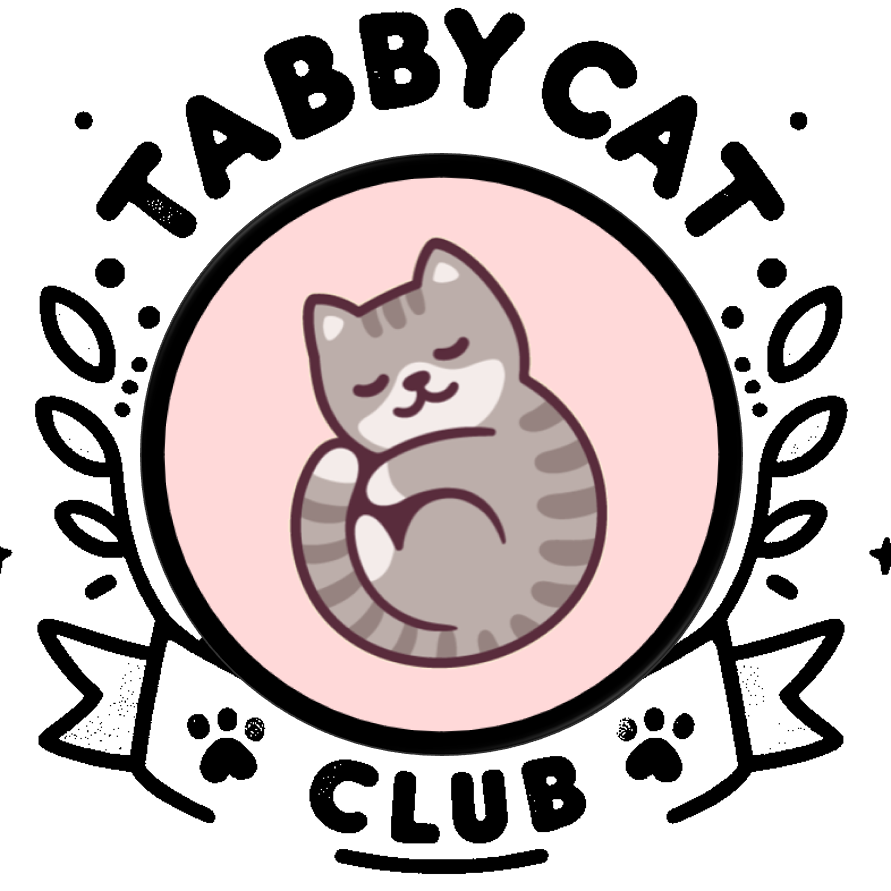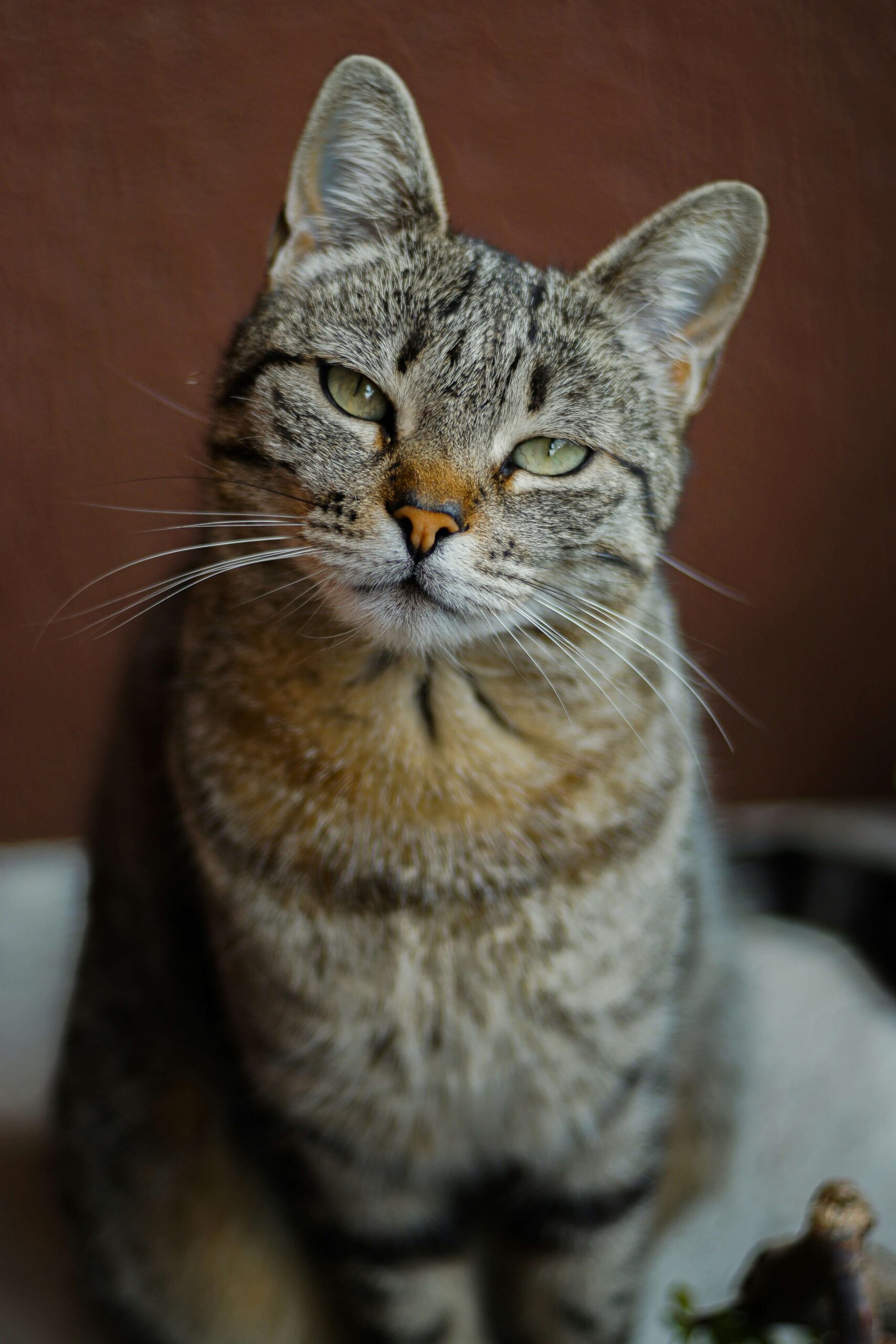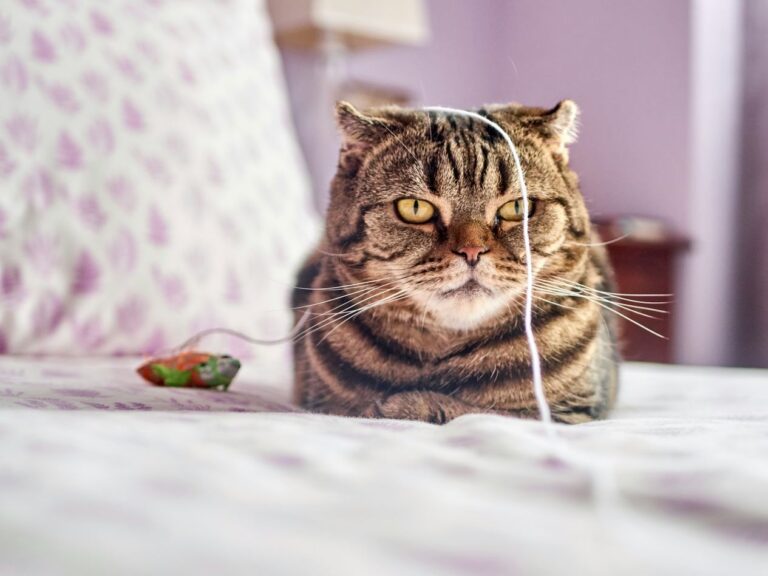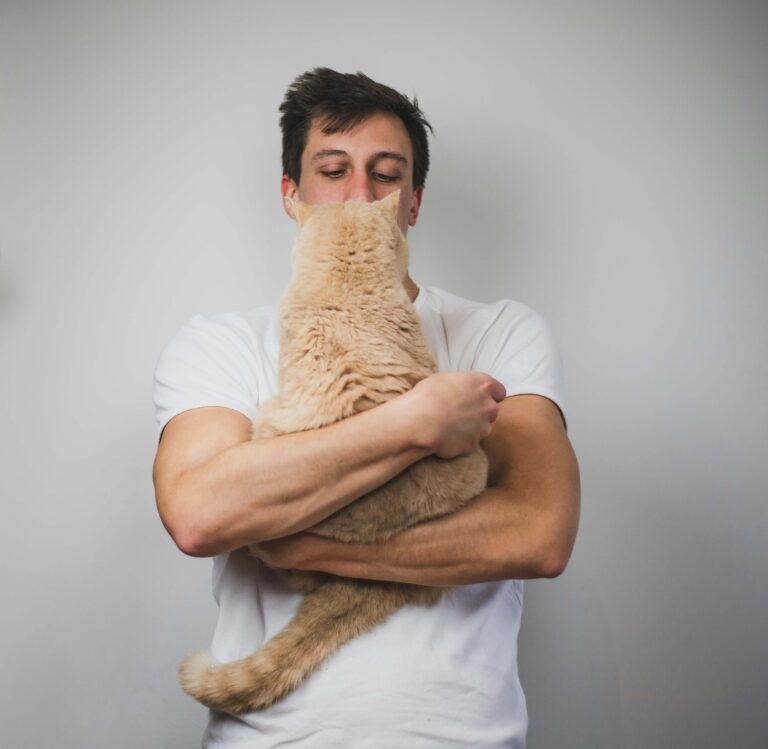The Origins of the Tabby Cat
Tabby cats, with their eye-catching patterns and endearing personalities, have journeyed alongside humans for millennia. From the revered halls of ancient Egypt to the warm laps in modern living rooms, the evolution of tabby cats, including the brown tabby, grey tabby, and the striking mackerel tabby cat, reflects a fascinating blend of nature, nurture, and cultural significance. This deep dive into their history will explore how tabbies cat, with their diverse tabby cat patterns and varied personalities, have become one of the world’s most beloved pets.
Ancient Egypt: The Cradle of Cat Domestication
In ancient Egypt, cats, particularly those resembling today’s brown tabby cats and grey tabby cats, were held in high esteem. These early tabbies, likely ancestors of the modern tabby kittens we adore today, were celebrated for their hunting skills, which kept granaries free from pests. The characteristic “M” on their foreheads, seen in both the classic tabby and the mackerel tabby cat, was often associated with divine marks of protection.
Genetics Behind the Stripes and Swirls
The iconic coat patterns of tabby cats, ranging from the swirling marbles of the classic tabby to the sleek lines of the mackerel cat, are marvels of genetics. The term “tabby” itself is thought to originate from Attabiy, reflecting the widespread nature of these patterns across various cat breeds, not just the grey or brown tabby cat.
The Global Journey of Tabby Cats
Middle Ages and Victorian Adoration
As civilizations spread, so did the tabby cat, with striped cats and brindle cats stowing away on ships, combating rodents, and eventually becoming beloved household members. The Victorian era, in particular, saw a surge in the popularity of keeping cats as pets, including tabbies cat of all hues and patterns.
Birth of Cat Breeds and Specialized Patterns
The 19th century’s cat fancy movement led to the deliberate breeding of cats, including tabby kittens, for specific traits. This period saw the rise of distinct tabby cat patterns within breeds, showcasing the variety from the subtle brindle cat to the distinctively striped mackerel tabby cat.
Origins of Tabby Cats
Tabby cats have a rich history that traces back centuries. The term “tabby” is believed to have originated from the “Attabiy” district in Baghdad, where striped cloth and silk were produced. Over time, the Middle French term “atabis” evolved into “tabis,” eventually giving rise to our modern English word, “tabby.” Interestingly, DNA analysis suggests that the distinctive coat patterns of tabby cats emerged during the Middle Ages, becoming more common by the 18th century.
The Spectrum of Tabby Patterns
Tabby cats exhibit a diverse range of coat patterns, each with its own unique charm. Here are the five main types:
1. Classic Tabby Cat
Also known as a blotched tabby, the classic tabby sports a bold, swirling pattern reminiscent of a bullseye.
2. Mackerel Tabby Cat
Referred to as the tiger cat, the mackerel tabby features narrow, vertical stripes running down its sides, often resembling the markings of a tiger.
3. Spotted Tabby Cat
Spotted tabbies boast large or small spots all over their sides, sometimes appearing as broken mackerel stripes.
4. Ticked Tabby Cat
Known as the Abyssinian tabby or agouti tabby, the ticked tabby lacks stripes or spots but instead has tabby markings on the face and alternating light and dark bands on its body hairs.
5. Patched Tabby Cat
Often called tortoiseshell or tortie, the patched tabby showcases patches of dark or grayish brown alongside red or orange, combined with any of the aforementioned tabby patterns.
Beyond Coat Patterns: Tabby Cat Personalities
In addition to their striking appearance, tabby cats are renowned for their engaging personalities. While individual traits can vary, tabby cats are often described as affectionate, intelligent, and playful companions. They enjoy interactive play and social interaction with their human family members, making them ideal pets for households seeking lively and affectionate feline companions.
Tabby Cats in the Modern World
Today’s Beloved Tabby
In contemporary times, tabby cats, from the playful tabby kitten to the dignified brown tabby cat, have cemented their status as cherished companions. Their personalities, perhaps best epitomized by the grey tabby cats’ reputedly affable nature, continue to endear them to pet owners worldwide. Additionally, the average tabby cat weight and health are better understood, thanks to advancements in veterinary care, allowing for more tailored and effective care strategies.
Tabbies in Culture
The influence of tabby cats extends beyond individual homes into broader culture, where their antics and appearances in media further endear them to the public. Their stories, from the ancient mackerel tabby cat revered in Egypt to the modern grey tabby cat gracing social media, continue to captivate and charm.
Conclusion
The journey of the tabby cat, with its myriad patterns, from the classic tabby to the brown tabby, and personalities, from the ancient fields of Egypt to the heart of our homes, is a testament to their enduring appeal. As we continue to welcome tabby kittens and adult tabbies into our lives, we not only embrace pets with rich histories but also friends who enrich our lives in countless ways.
Frequently Asked Questions
Where did tabby cats originate from?
Tabby cats originated from the Near East, with their domestication tracing back to ancient Egypt, where they were revered and considered sacred animals.
Why are tabby cats so special?
Tabby cats are special due to their unique coat patterns, diverse personalities, and historical significance. They have been companions to humans for thousands of years, valued for both their pest control abilities and affectionate natures.
What is the myth of the tabby cat?
One popular myth of the tabby cat involves the Virgin Mary. Legend says she bestowed a tabby cat with an ‘M’ on its forehead as a sign of gratitude for keeping baby Jesus warm.
What is the legend of the tabby cat?
Another legend ties the ‘M’ on a tabby cat’s forehead to the prophet Mohammed, who had a beloved tabby named Muezza. Mohammed is said to have marked Muezza’s forehead with his fingers in appreciation and blessing.
Are tabby cats protective?
Tabby cats can be protective of their territory and their human families. Like all cats, their protective behavior varies with individual personality and upbringing.
Are tabby cats the most common?
Yes, tabby cats are among the most common due to the dominant genetic patterns that produce their distinctive markings. These patterns appear in many breeds and mixed-breed cats worldwide.
Are tabby cats the best?
This is subjective and depends on personal preference. Many people consider tabby cats the best due to their friendly nature, striking appearance, and playful demeanor.
Are tabby cats mean?
Tabby cats are not inherently mean. Like any cat, their behavior is influenced by genetics, environment, and socialization. Most tabby cats are known for their affectionate and sociable personalities.
What country do tabby cats come from?
Tabby cats do not come from a specific country but have origins in the Near East. They have been spread worldwide for centuries, making them a global phenomenon.
Do tabby cats have striped skin?
Yes, tabby cats often have striped skin underneath their fur. Their skin pigmentation matches their fur pattern, which is visible on their skin from birth.
